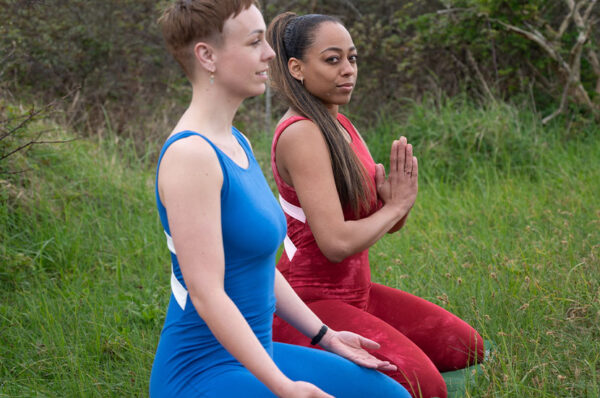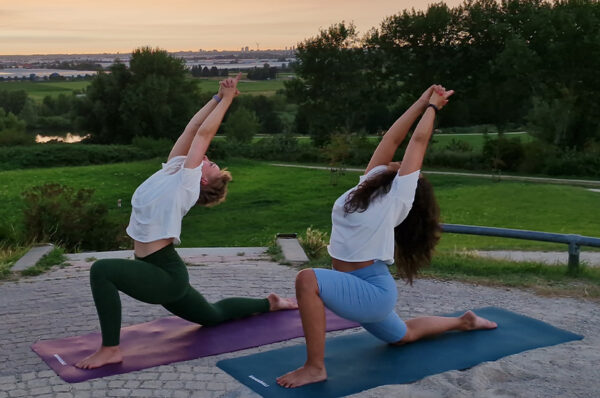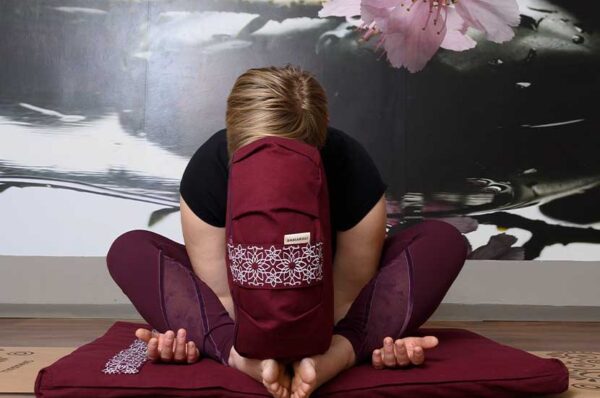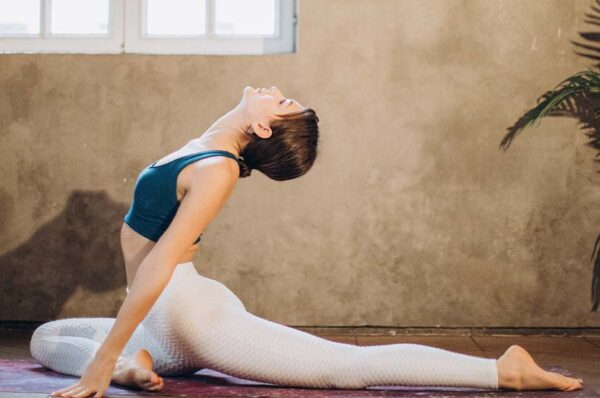Comment nous vivons dans le monde et comment nous pouvons changer d’attitude
– Article de blog invité par Marianna –
Partie 2 – Les Niyamas
« Les Niyamas sont les pratiques fondamentales qui soutiennent une vie basée sur l’amour.
J’ai trouvé cette description de Rolf Gates si vraie, et en même temps si poétique.
Dans l’article précédent, où j’ai parlé des Yamas, nous avons vu comment ces cinq principes pouvaient changer nos schémas et nos mauvaises habitudes.
Si les Yamas sont les attitudes que nous avons envers le monde extérieur, les Niyamas, au contraire, sont les attitudes que nous adoptons envers nous-mêmes.
En réalité, ils sont bien plus qu’une attitude.
Les Niyamas ne sont pas de simples actions qui peuvent être étudiées, mais impliquent une pratique, un dévouement qui favorise le calme chez le pratiquant.
Ils soutiennent le changement amorcé par les Yamas.
1. Sauca
Le premier Niyama se traduit par la pureté, la propreté du corps et de l’esprit.
Nous gardons notre esprit et notre corps propres en pratiquant les asanas et le pranayama.
Nous gardons également notre corps propre en mangeant correctement.
Il ne s’agit pas de ce que nous mangeons, mais de la propreté de nos choix.
En pratiquant le sauca, nous nous engageons sur la voie de la liberté et de l’amour envers notre corps et notre esprit.

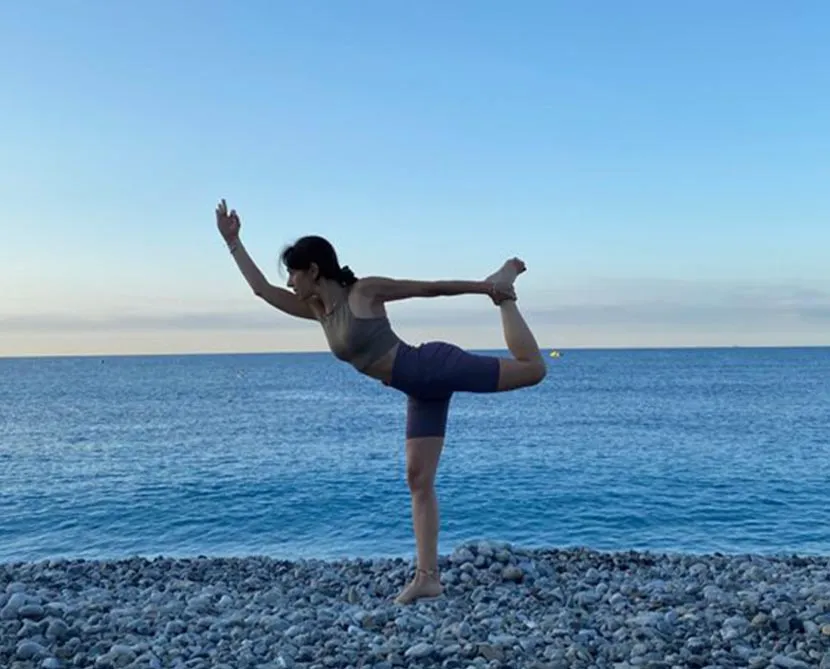
2. Santosa
Santosa est mon Niyama préféré.
Je me souviens d’un de mes premiers cours de yoga où le professeur nous a guidés dans ce sentiment de satisfaction à l’égard de ce que nous avons et de ce que nous sommes.
Santosa, c’est accepter ce qui arrive et qu’il n’est pas en notre pouvoir de changer.
C’est apprécier les choses que nous possédons et ne pas se sentir frustré parce que nous voulons avoir plus que ce dont nous avons réellement besoin.
Le santosa est un changement d’orientation.
Le contentement doit être recherché à l’intérieur, et tous les événements ne sont que des occasions de grandir, des moments pour briller.
3. Tapas
Le 3e Niyamas consiste à rester en bonne santé en pratiquant et en gardant le corps en forme, mais c’est aussi l’esprit de recherche.
C’est la volonté de pratiquer constamment pour en savoir plus sur nous-mêmes et la passion de vivre pleinement.
Des années de pratique constante ne peuvent pas être construites sur une autodiscipline rigide, mais sur le désir d’en savoir plus.
Tapas devient du yoga lorsqu’il n’y a pas d’attachement aux résultats.
La différence entre l’entraînement et la pratique du yoga est que dans le yoga, il n’y a ni gagnant ni perdant.
Le voyage est centré sur l’intérieur.
Il n’y a pas d’attachement aux résultats.
Ce processus conduit à se libérer progressivement des influences extérieures, des circonstances de notre naissance, de notre sexe, de notre famille, de nos expériences de vie.
4. Svadhyaya
Nous sommes sur terre pour apprendre et, ce faisant, nous devons étudier.
Le 4e Niyama se traduit par l’étude de soi.
En nous exposant constamment à des écrivains, des poètes, des chanteurs, des films, des acteurs, des professeurs de yoga et toute autre personne qui nous inspire, nous nous améliorons sans cesse et nous nous rappelons ce qui est possible.
Svadhyaya consiste à se laisser inspirer par l’art, la littérature et les textes de toutes les religions, ainsi que par les personnes qui nous entourent et qui nous motivent à faire et à être meilleurs.
Et pour que l’inspiration allume notre feu, notre esprit doit être ouvert.
Étudiez les livres ou les écritures qui vous aident à atteindre vos objectifs.
Si vous trouvez quelque chose qui fonctionne, appliquez-le.
5. Isvarapranidhana
La dernière Niyama est l’abandon à Dieu, le lâcher prise de tout, pour atteindre le samadhi, l’union avec le divin.
S’abandonner à Dieu signifie dissoudre la séparation entre nous et l’univers.
Dieu a une signification différente pour chacun d’entre nous.
Il peut s’agir d’Allah, de Bouddha, de la nature, du potentiel humain, de la science, de notre propre moi supérieur.
Cela ne fait aucune différence.
Ce qui importe, c’est de porter constamment notre attention sur le divin en sentant sa présence partout, en s’intéressant avec amour non seulement aux êtres humains, mais aussi aux autres êtres.
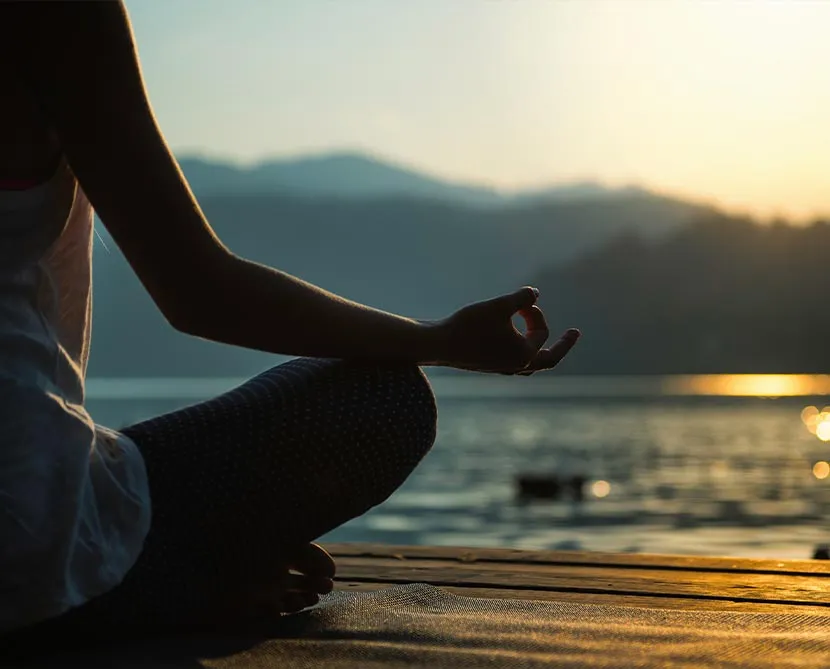

Résumé
Les Yamas et les Niyamas nous apportent le soutien dont nous avons besoin lorsque nous sommes confrontés à des difficultés dans notre vie.
En suivant ces principes, nous avons la possibilité de vivre une vie meilleure.
Nous mentons pour éviter la souffrance.
Nous passons des mois, des années à croire que lorsque cette chose arrivera, nous serons enfin heureux.
Nous n’apprécions pas les petites victoires parce que nous sommes déjà projetés vers le prochain objectif.
Il n’y a pas de fin à ces souffrances tant que nous n’adoptons pas une nouvelle façon de penser.
Le yoga offre une nouvelle perspective.
Tout ce dont nous avons besoin, c’est de la volonté de faire passer le yoga de la théorie à l’action.
Ressources :
- Méditations sur le tapis par Rolf Gates
Marianna pratique le yoga depuis plus de huit ans et, en 2020, elle s’est rendue à l’université.
elle a suivi la formation de professeur de yoga 200h en Vinyasa chez YogaMoves à Utrecht.
Elle est passionnée par le partage du yoga avec les autres et par une vie plus durable,
et les voyages. Voici sa page INSTAGRAM.

